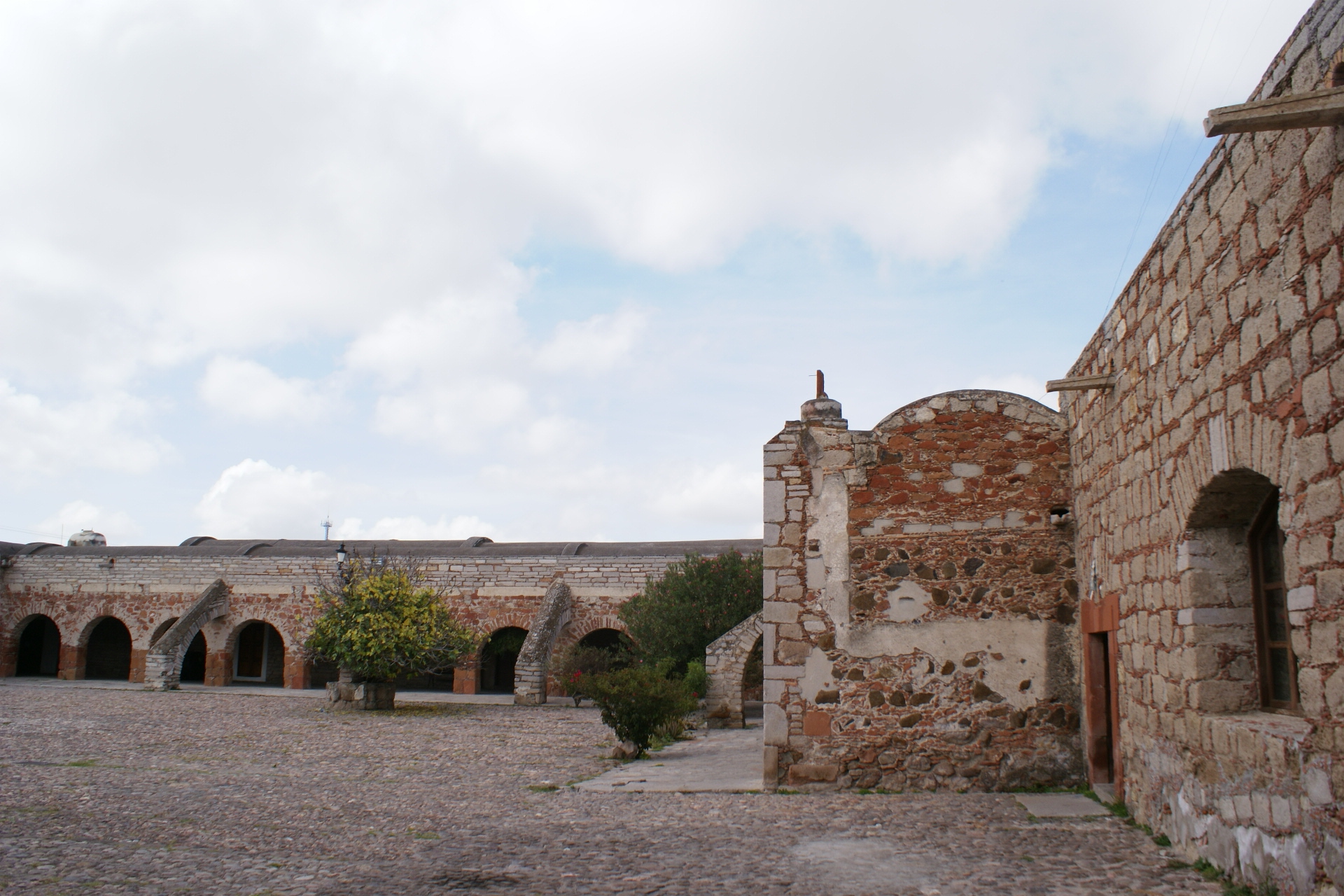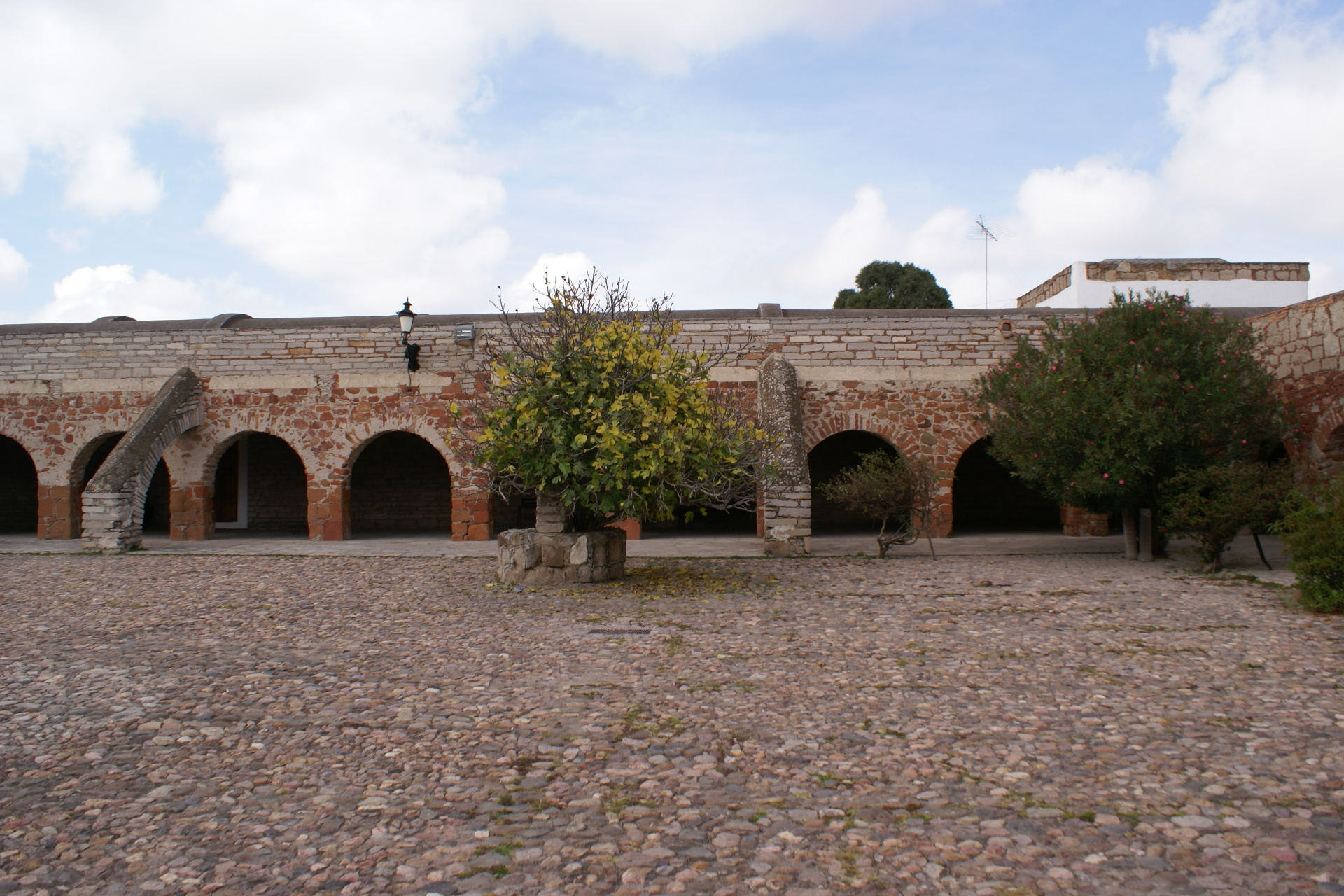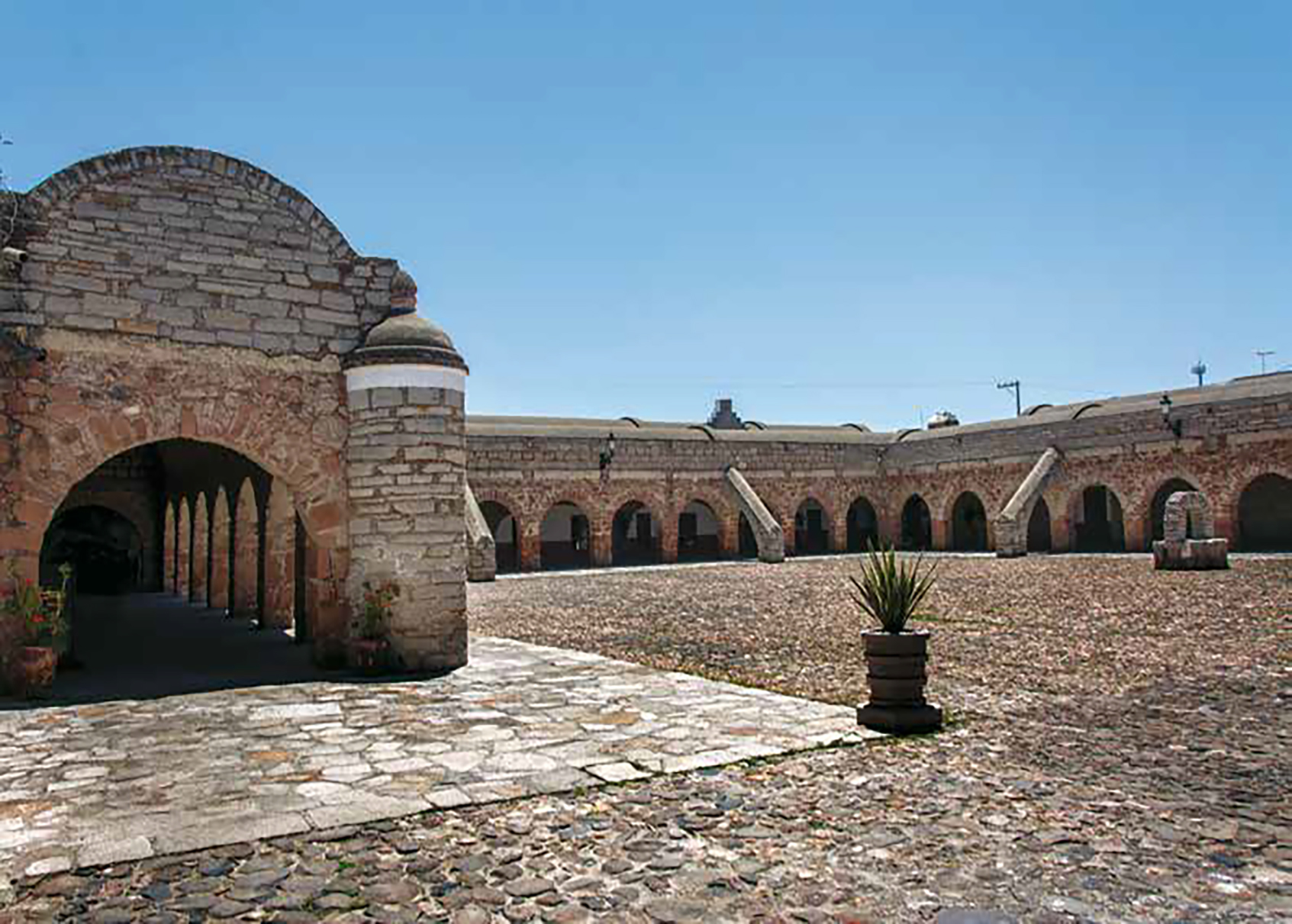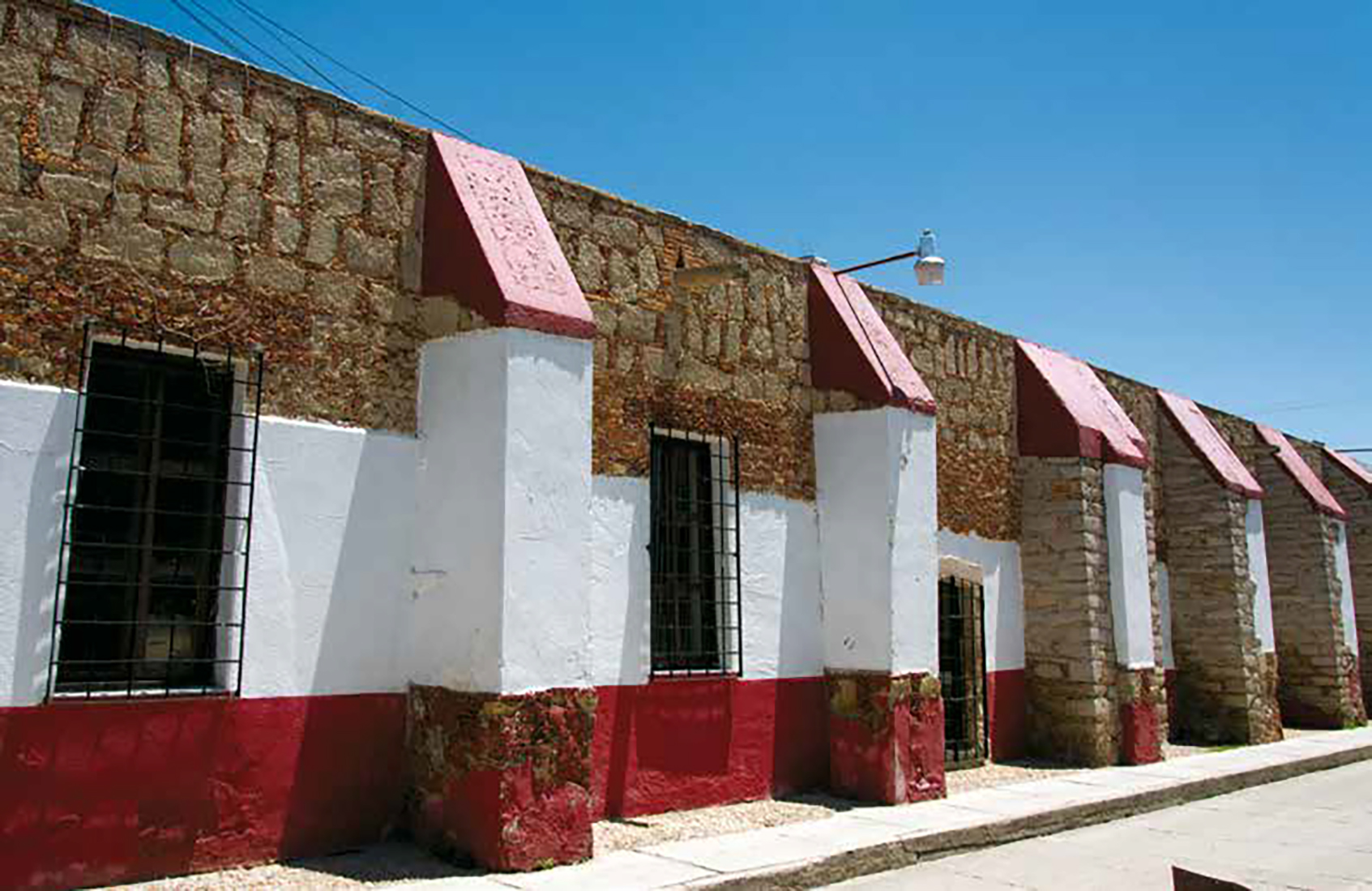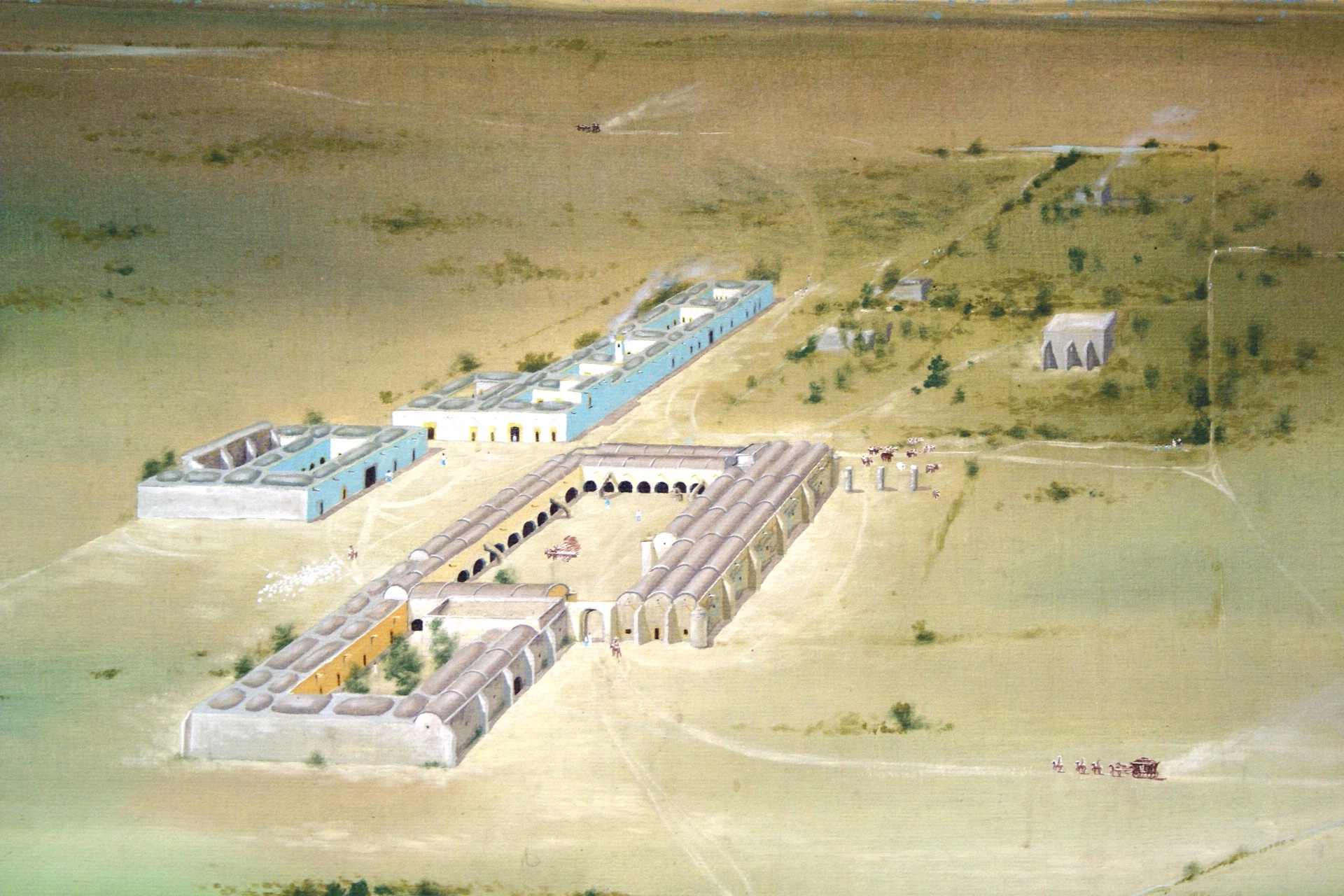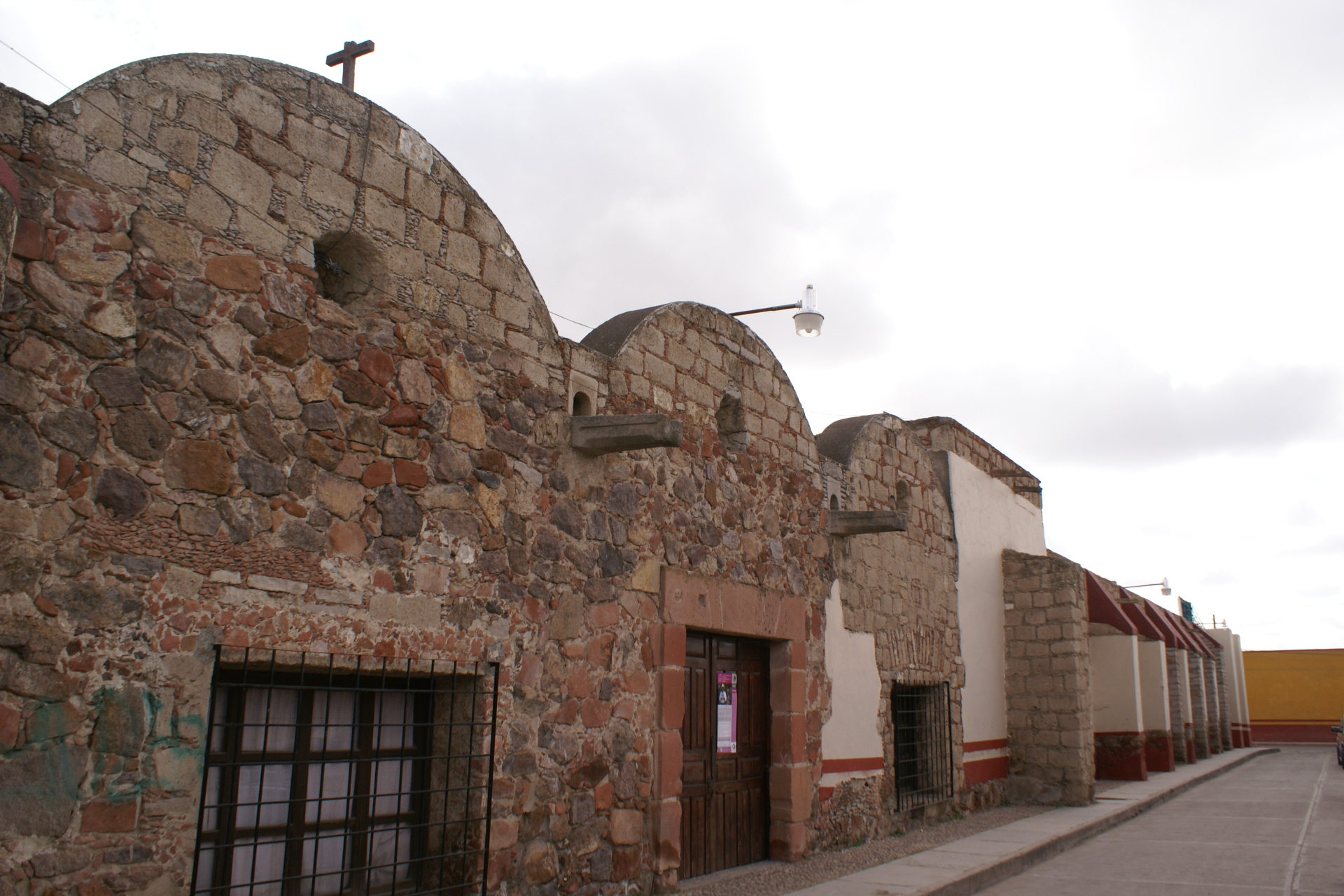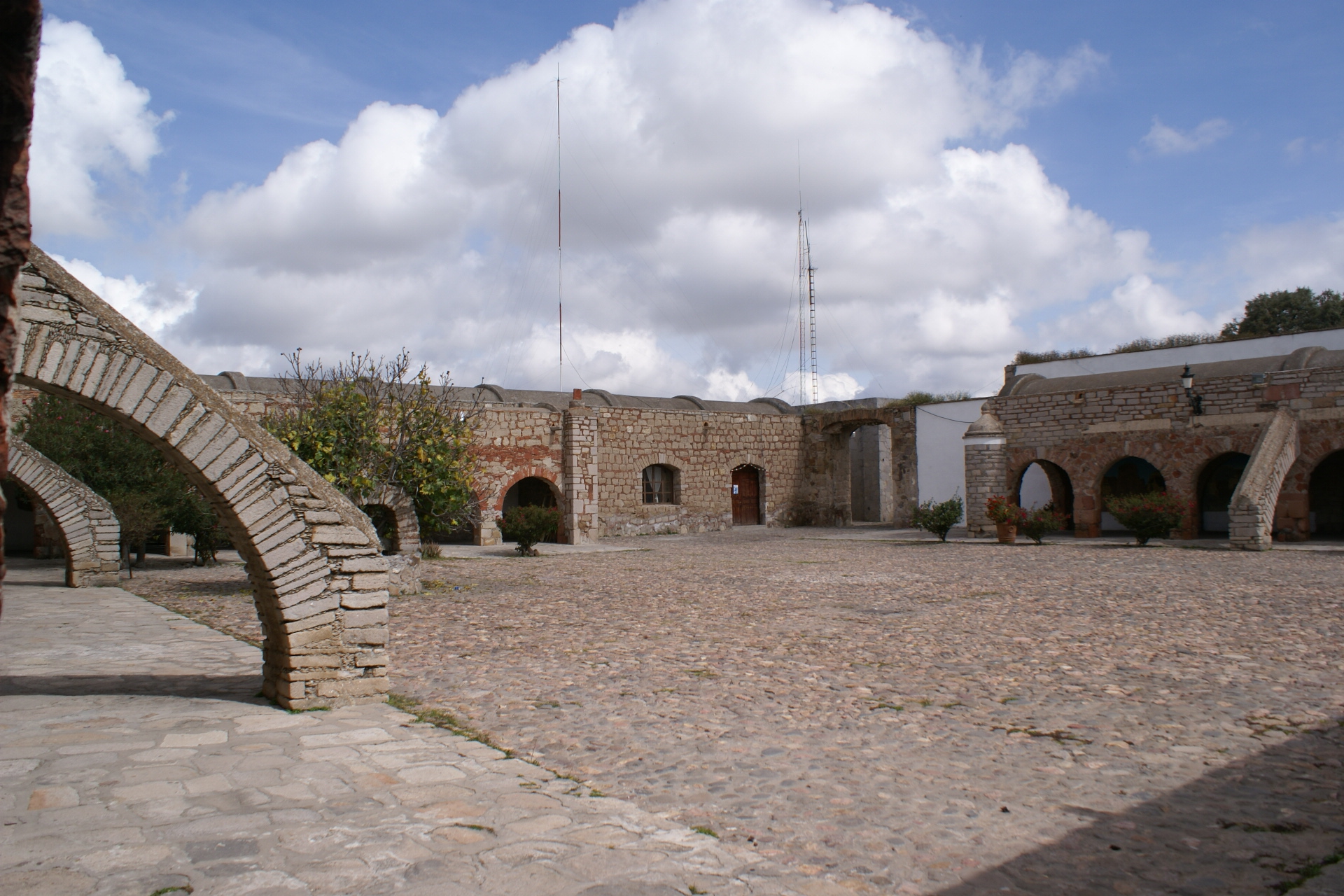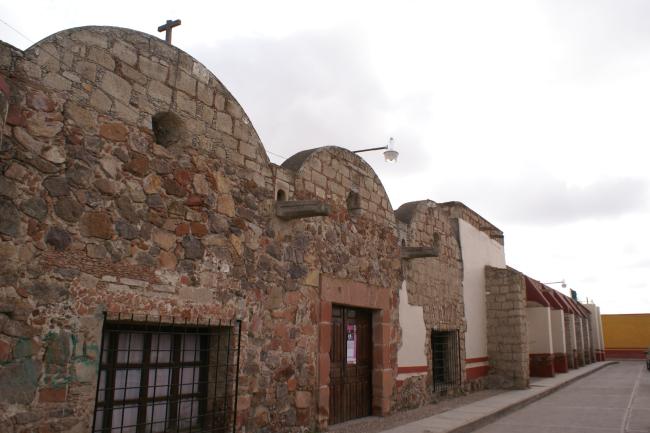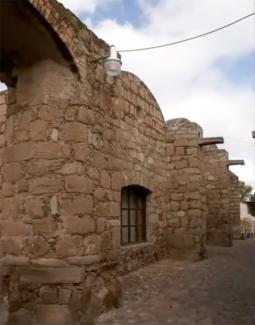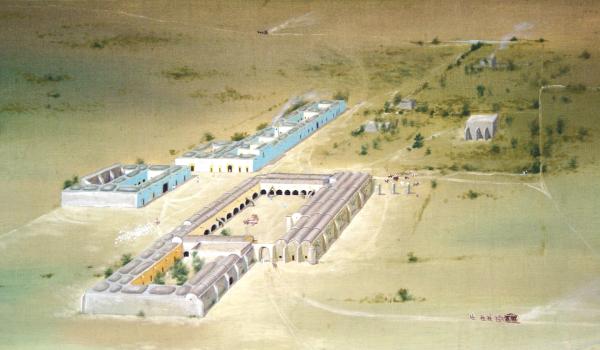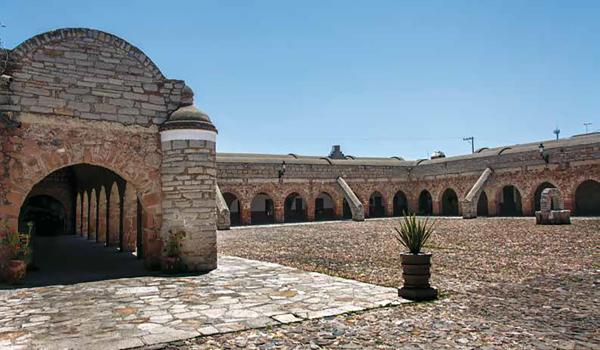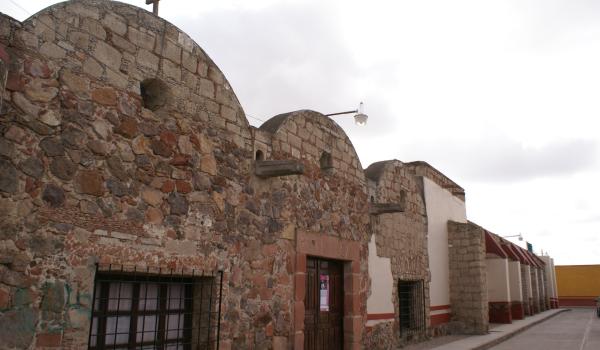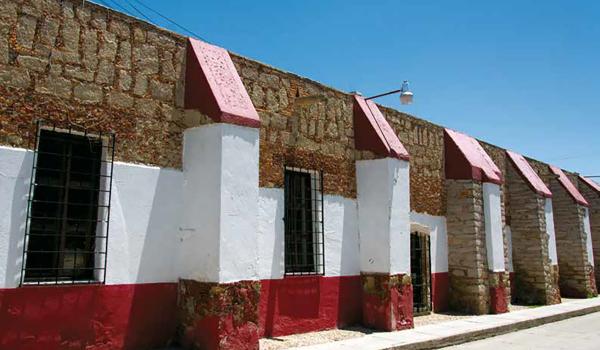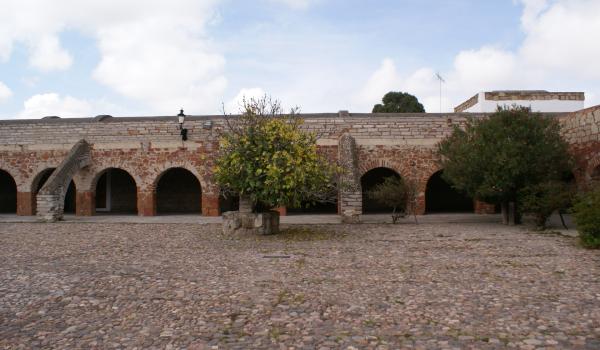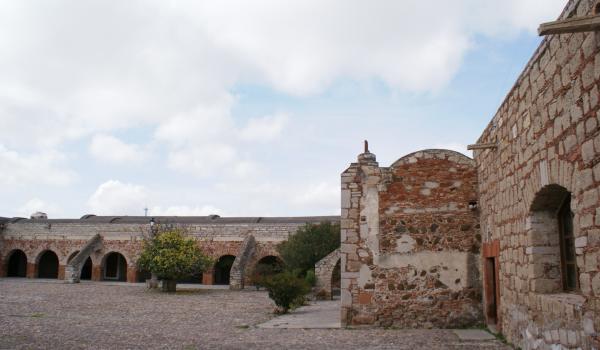Conjunto histórico del Pueblo de Ojuelos
Route element
Conjunto histórico del Pueblo de Ojuelos
During the second half of the 16th century, indigenous groups persisted in resisting the Spanish presence and constantly attacked the muleteers and the goods they transported along the Camino Real de Tierra Adentro. This traffic increased following the mining discoveries in northern New Spain, creating a need to improve the transportation of goods, supplies, and metals through hostile territories. The security measures implemented included the establishment of forts or presidios. These forts represented elements of defense, security, and pacification of the rebellious groups and later served to populate territories.
The main objective of all these measures was to safeguard the crown's assets, and since the most unprotected territories were between the town of San Miguel and Zacatecas on the route from Mexico City, Viceroy Enríquez ordered, probably in 1570, the founding of the Ojuelos presidio, which is located in the current state of Jalisco.
Ojuelos was founded by Captain Pedro Carrillo Dávila with part of the escort of the audiencia of Mexico. This figure ordered the construction of three buildings with a central courtyard surrounded by thick walls like a fort, and the name given to it alluded to the great variety of water springs and fountains that abounded in the region. Later, an important agricultural and livestock hacienda called San José de los Ojuelos was established. This structure was part of the Ciénaga de Mata estate, and a church, which can still be seen in the town, was built there. The reddish stone church is very austere but elegant, featuring a neoclassical opening that supports a stained glass window with the image of Saint Joseph. Adjacent to this church is a smaller building with a Baroque-style tower from the colonial period. The main entrance of the temple has a wooden door engraved with two coats of arms of the Ciénaga de Mata estate. Due to its location on the old Camino Real de Tierra Adentro, the San José de los Ojuelos hacienda became an important commercial hub by the late 19th century, attracting a population of approximately 3,000 inhabitants.
The Ojuelos presidio, built by Carrillo Dávila, was acquired by the municipal presidency in 1977, the year it was restored and declared a Historical Monument. The space still retains the vaults and the arcades of the fort, along with the buttresses typical of such large buildings. In the central courtyard, surrounded by arcades formed with semicircular arches, murals can be admired that highlight the importance of the fort and the transportation work that the foreign market entailed.

